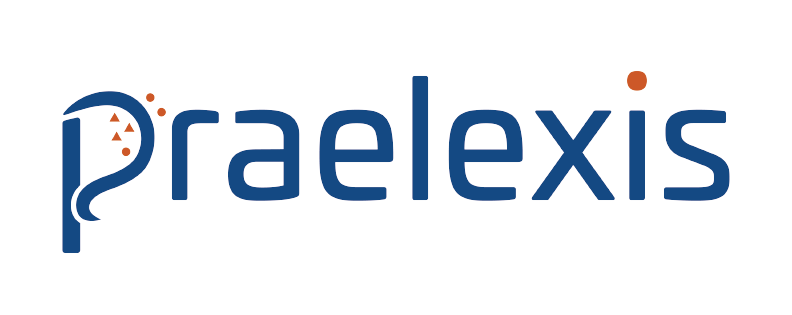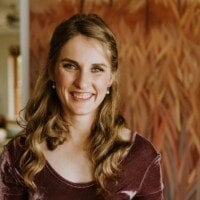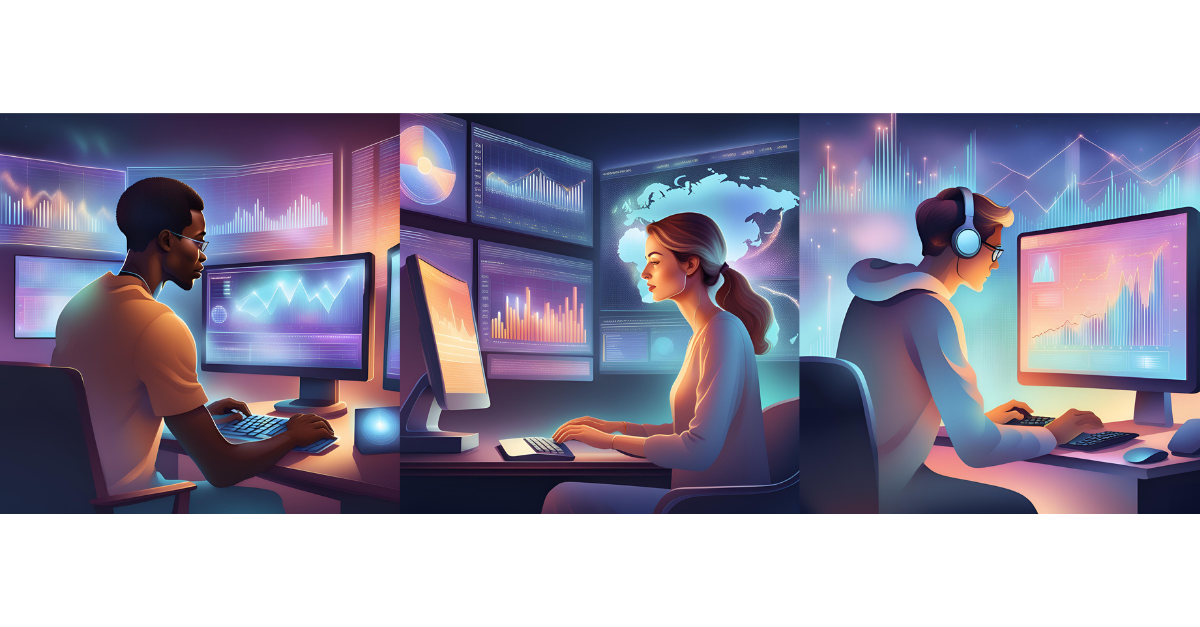Artificial Intelligence (AI) can help tackle challenges, improve decision making and increase efficiency of various industries. Agriculture is no exception. Over the last few years the use of AI and machine learning (ML) models within the world of agriculture has increased significantly (Talaviya et al. 2020), to the point that spending on AI technologies within the sector is expected to increase by 25% over the next 4 years (Columbus, 2020).
This isn’t too surprising, given how AI can benefit multiple domains within the agriculture sector:

One of the key areas in which AI is being utilised within the agriculture sector is for crop yield prediction. Crop yield is influenced by many factors, including changing weather, pest and disease outbreaks, soil health, water availability to name a few. By utilising AI, farmers can make better yield predictions based on climate, take proactive measure to reduce the impact of predicted pest and diseases outbreaks, and reduce water loss through effective irrigation schedules and even leak detection.

AI can also help farmers with spraying and harvesting program recommendations, soil health monitoring, and determining the best time for when to plant and when to harvest. By utilising AI farmers are able to gain insights for effective management, which assist farmers with better decision making through every step of the production cycle.

The use of AI within agriculture has become synonymous with the term ‘Precision Agriculture’ — a management approach that aims at improving crop yield, reducing cost and improving decision making by utilising technology and analytics. Precision Agriculture leverages data for more effective management, but this requires efficient monitoring and gathering of field data. One of key challenges with using AI within the agriculture sector is the access and availability of data. Although many farms monitor many aspects of their production cycle, not all of the data that is required to build and implement AI and ML models are available. As new tools and monitoring systems become available, this problem will likely be solved, however access to historic data is often still a necessary requirement. As a result, AI cannot exist without the proper infrastructure and/or use of other supporting technologies.
Although the benefits of AI within the agriculture should be evident, it is critical to understand that AI is not an off-the-shelf farming tool that can be implemented immediately. Instead, AI is a solution that needs the proper infrastructure and data to be utilised effectively. With the development of new tools and technology, the opportunities to utilise AI within the agriculture sector have expanded. Drones, GIS and remote sensing have allowed for more accurate information collection (some in realtime!). As with any AI or ML initiative, focus should again be given to proper data collection and record keeping for farms that want to utilise AI effectively.
It also still remains important to tap into the domain knowledge of the farmers when utilising AI in agriculture. Although various models can be used to extract patterns from data and make predictions, knowledge gained through years of farming still adds significant value. For example, information regarding the physiology about how plants respond to various environmental conditions can add insight into which climate variables can be used to improve model predictions. AI can help to provide realtime insights of the production cycle and can remove some of the guesswork, but it’s unlikely that AI will replace the knowledge and experience of a farmer. AI should therefore be treated as an assistive tool that can be used by a farmer for better decision making, rather than an outright replacement.
With the demand for increased production rates and pressure of an ever changing environment, AI can help farmers to reduce risk and help tackle everyday challenges. AI is not the solve-all solution, but can help supplement already used technologies and knowledge available to make a tangible difference in farming operations.
References:
Talaviya, T., Shah, D., Nivedita, P., Yagnik, H., Shah, M., 2020. Implementation of artificial intelligence in agriculture for optimisation of irrigation and application of pesticides and herbicides, Artificial Intelligence in Agriculture 4, 58-73
Columbus, L., 2022. 10 Ways AI Has The Potential To Improve Agriculture In 2021. [online] Forbes. [Accessed 17 May 2022]






